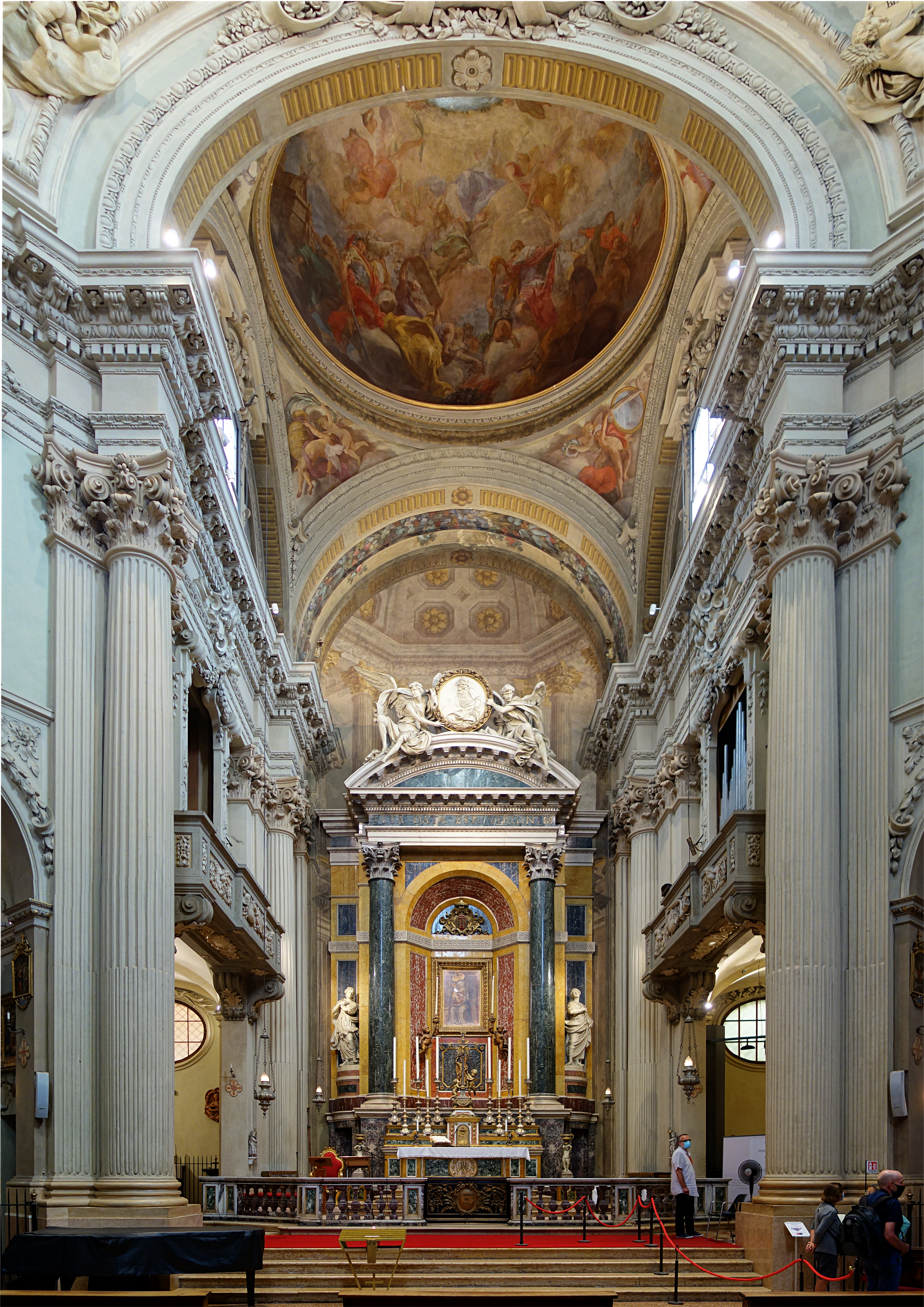Sanctuary Of Santa Maria Della Vita on:
[Wikipedia]
[Google]
[Amazon]
 The Sanctuary of Santa Maria della Vita is a late- Baroque-style,
The Sanctuary of Santa Maria della Vita is a late- Baroque-style,
 In the adjacent oratory, built between 1604 and 1617 to designs by Floriano Ambrosini, is a ''Madonna with child and Saints'' (1550) by
In the adjacent oratory, built between 1604 and 1617 to designs by Floriano Ambrosini, is a ''Madonna with child and Saints'' (1550) by Bologna Welcome
entry on oratory.
 The Sanctuary of Santa Maria della Vita is a late- Baroque-style,
The Sanctuary of Santa Maria della Vita is a late- Baroque-style, Roman Catholic
Roman or Romans most often refers to:
*Rome, the capital city of Italy
* Ancient Rome, Roman civilization from 8th century BC to 5th century AD
* Roman people, the people of ancient Rome
*'' Epistle to the Romans'', shortened to ''Romans'', a let ...
church in central Bologna
Bologna (, , ; egl, label=Emilian language, Emilian, Bulåggna ; lat, Bononia) is the capital and largest city of the Emilia-Romagna region in Northern Italy. It is the seventh most populous city in Italy with about 400,000 inhabitants and 1 ...
, near the Piazza Maggiore
Piazza Maggiore (''Piâza Mażåur'' in the Bolognese language) is a central square in Bologna, region of Emilia-Romagna, Italy. The appearance in the 21st century, generally reflects the layout from the 15th century. The Northwest corner opens i ...
.
History
The construction of the present Baroque church began in 1687-1690 under the designs of Giovanni Battista Bergonzoni, who built the elliptical plan with a dome designed by Giuseppe Tubertini, completed in 1787. The facade was not added till 1905. The sanctuary houses the sculptural group of ''Sorrow over Dead Christ'' (1463) by Niccolò dell'Arca.Oratorio dei Battuti
 In the adjacent oratory, built between 1604 and 1617 to designs by Floriano Ambrosini, is a ''Madonna with child and Saints'' (1550) by
In the adjacent oratory, built between 1604 and 1617 to designs by Floriano Ambrosini, is a ''Madonna with child and Saints'' (1550) by Nosadella
Nosadella, full name Giovanni Francesco Bezzi, (active c. 1549–1571) was an Italian painter and draftsman, active during the Mannerist period, mainly in Bologna
Bologna (, , ; egl, label=Emilian language, Emilian, Bulåggna ; lat, Bono ...
and a ''Transit of the Madonna'' (bodily assumption), a group of 14 statues in terracotta (1522) by Alfonso Lombardi. On the niches of the walls are statues of ''St Proculus'' and ''St Petronius'' by the famed sculptor Alessandro Algardi
Alessandro Algardi (July 31, 1598 – June 10, 1654) was an Italian high- Baroque sculptor active almost exclusively in Rome, where for the latter decades of his life, he was, along with Francesco Borromini and Pietro da Cortona, one of the maj ...
, as well as by Giulio Cesare Conventi (''St Francis'' and ''St Domenic''). In 1275, the local Confraternita dei Battuti Bianchi, a confraternity of flagellants was organized and supported a hospital at the site.entry on oratory.
References
Roman Catholic churches in Bologna Baroque architecture in Bologna 1687 establishments in Italy 17th-century Roman Catholic church buildings in Italy Roman Catholic churches completed in 1787 {{Italy-church-stub